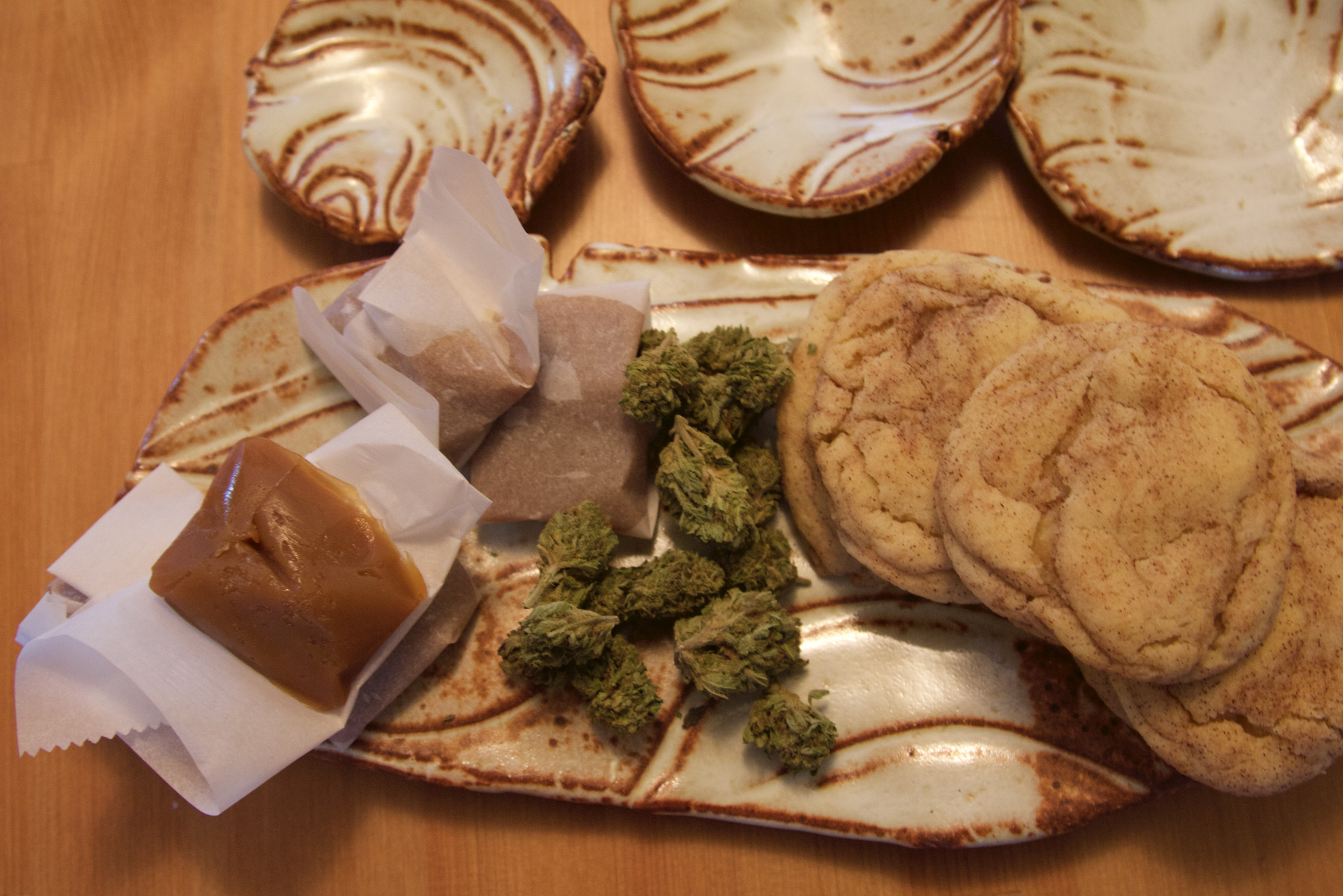Since recreational marijuana has become legal in Oregon, you may have noticed a familiar, skunky scent more often or walked into a dispensary yourself to try some special chocolates.
Popularity aside, you may not know exactly what marijuana does to your body or how to customize your weed purchase to your needs.
Dr. Kim Brown, Portland State professor of biology, explained that tetrahydrocannabinol, a sought after chemical in marijuana, is a mild hallucinogen. THC binds to cannabinoid receptors in the body, which then interact with other cells much like opioid receptors do.
Opioid receptors bind to drugs such as heroin and common prescription painkillers, suggesting that though marijuana has not proven to be addictive, its fat-soluble and tolerance-building properties mean it should be used with caution. The California Society of Addiction Medicine published a more in-depth report that suggests marijuana should, indeed, be classified as addictive.
However, a growing number of states have legalized marijuana for medical and recreational patrons. Brown said that even though he believes THC to be geno-toxic, meaning it can damage DNA. “At this point, that is not conclusive in many studies. It’s an open topic for many people.”
Because marijuana is not federally legal, researchers cannot get federal funding on how THC conclusively affects the brain. One thing that Brown knows, however, is that if THC damages brain cells, these cells will not regenerate to a significant degree. “[Brain cell] regeneration has been shown in mice and humans on the order of 0.1 percent of what normal cell regeneration is,” Brown said.
However, not all marijuana partakers necessarily use weed just to get high. THC is popular for cancer patients, as it has proven to relieve nausea and pain associated with chemotherapy. Cannabidiol oil, another major chemical in marijuana, can help relieve seizures and reduce paranoia or anxiety symptoms sometimes caused by THC.
When a customer walks into a dispensary, they are often given a menu that describes the kinds of effects different strains of the weed flower tend to have. These menus often list how much THC or CBD is present in the strain.
Cheyenne White, a budtender at Foster Buds in southeast Portland, said that many customers come to her asking which strain can help them with their pain, nausea, or anxiety symptoms. Many of these customers tend toward high CBD strains. “CBD is the non-psychoactive property,” White said. “It’s meant to heal people.”
High-CBD products can come in flower form that can be smoked or in topical salves, lotions, tinctures, or concentrated oils that can be vaped. White recently learned that many customers have experienced nerve pain relief from high-CBD topicals. “[Topicals] help target an area [on the body],” White explained. “[They] will help relieve pain.”
Foster Buds sells an oil stick, similar to a honey stick, containing scarce amounts of THC customers experiencing menstrual cramps buy to relax their muscles and relieve the pain.
It is important to note that weed customers partake at their own risk. Budtenders are not doctors and cannot offer medical advice. A year after pot was made legal in Oregon, police reported an increase in drivers under the influence of THC. Similar reports have come from Washington, which legalized marijuana in 2012.
On a different note, without federal studies it is difficult to know what kinds of effects marijuana has on the environment or how it might make it into waterways over time. Environmentally-conscious customers might want to consider this, as well as how much water is used to cultivate the plant on a mass scale.
One way to get around this is by cultivating your own pot plants at home, which is one benefit of Oregon’s legalization.







“Cannabidiol oil” isn’t a chemical, it’s just cannabidoil. CBD oil ist oil derived from CBD, which has terpenes as well as CBD in most cases.